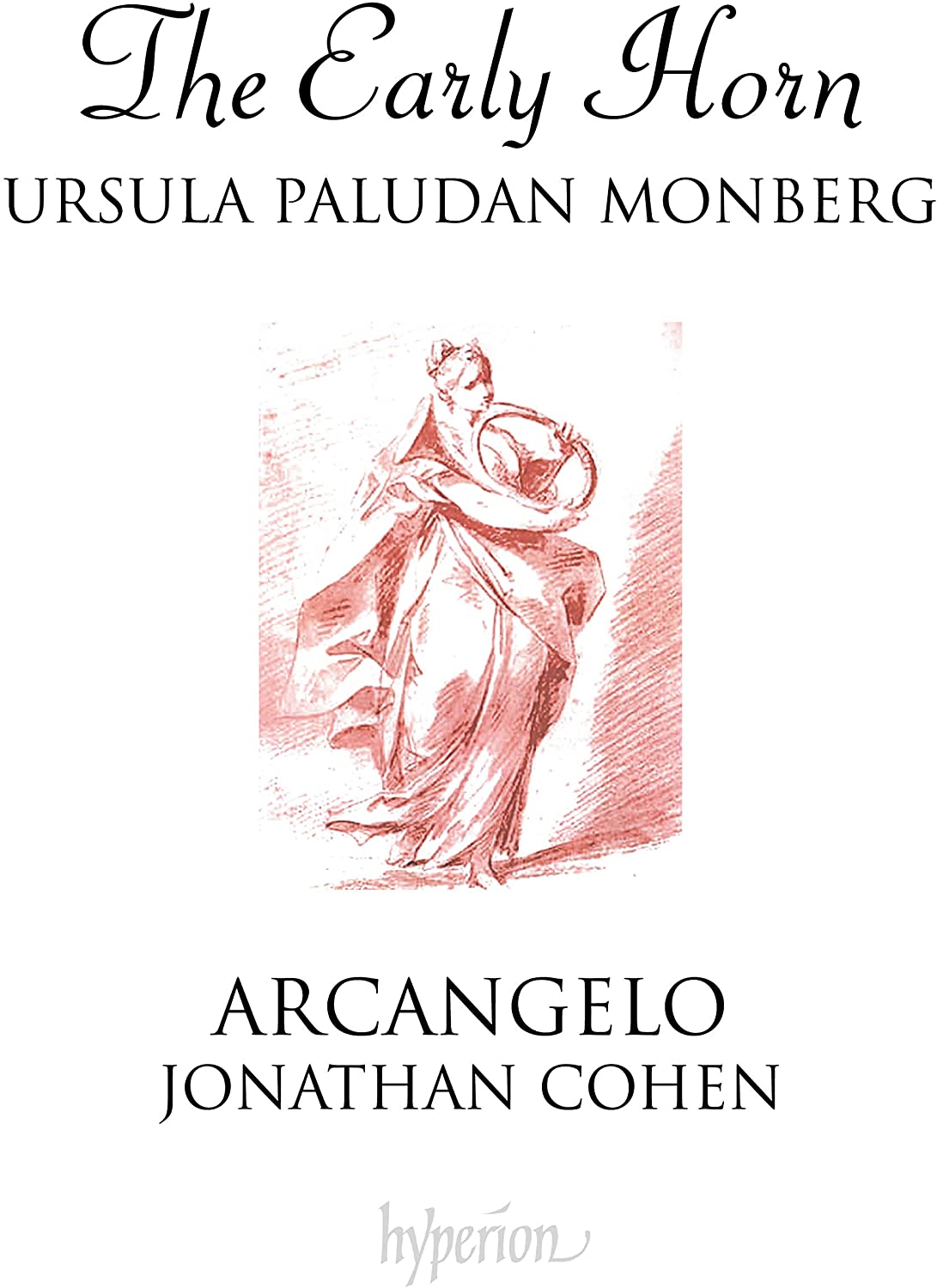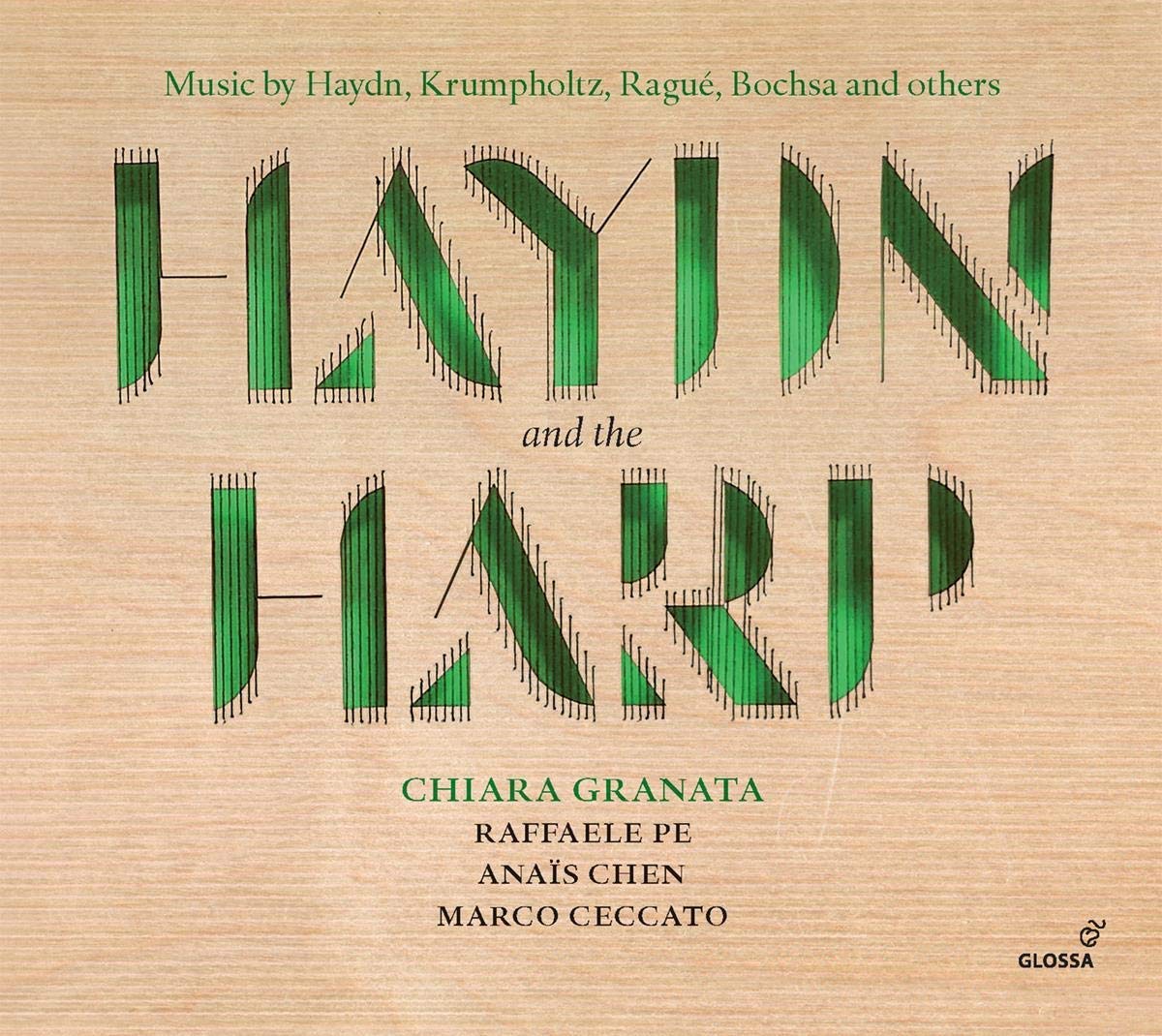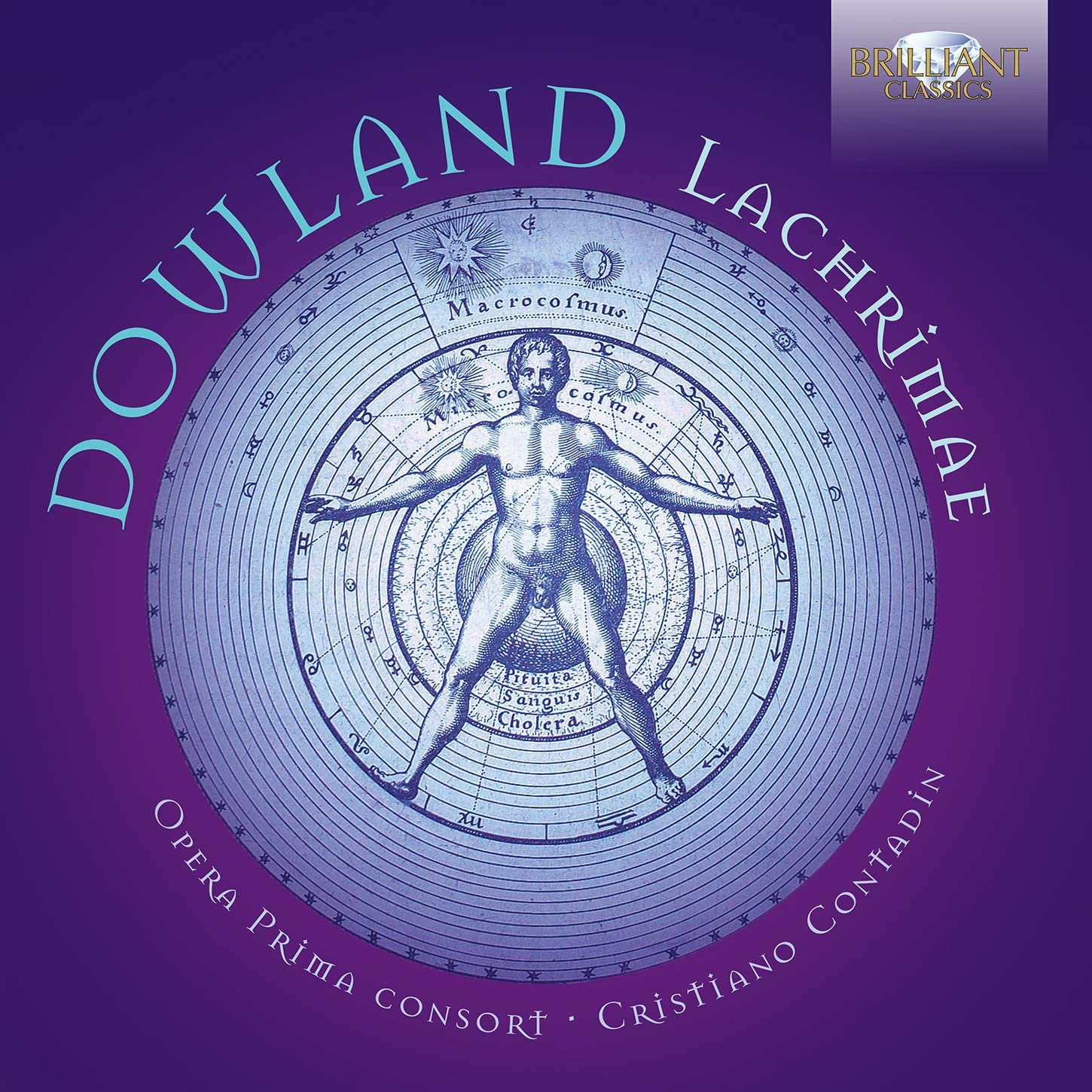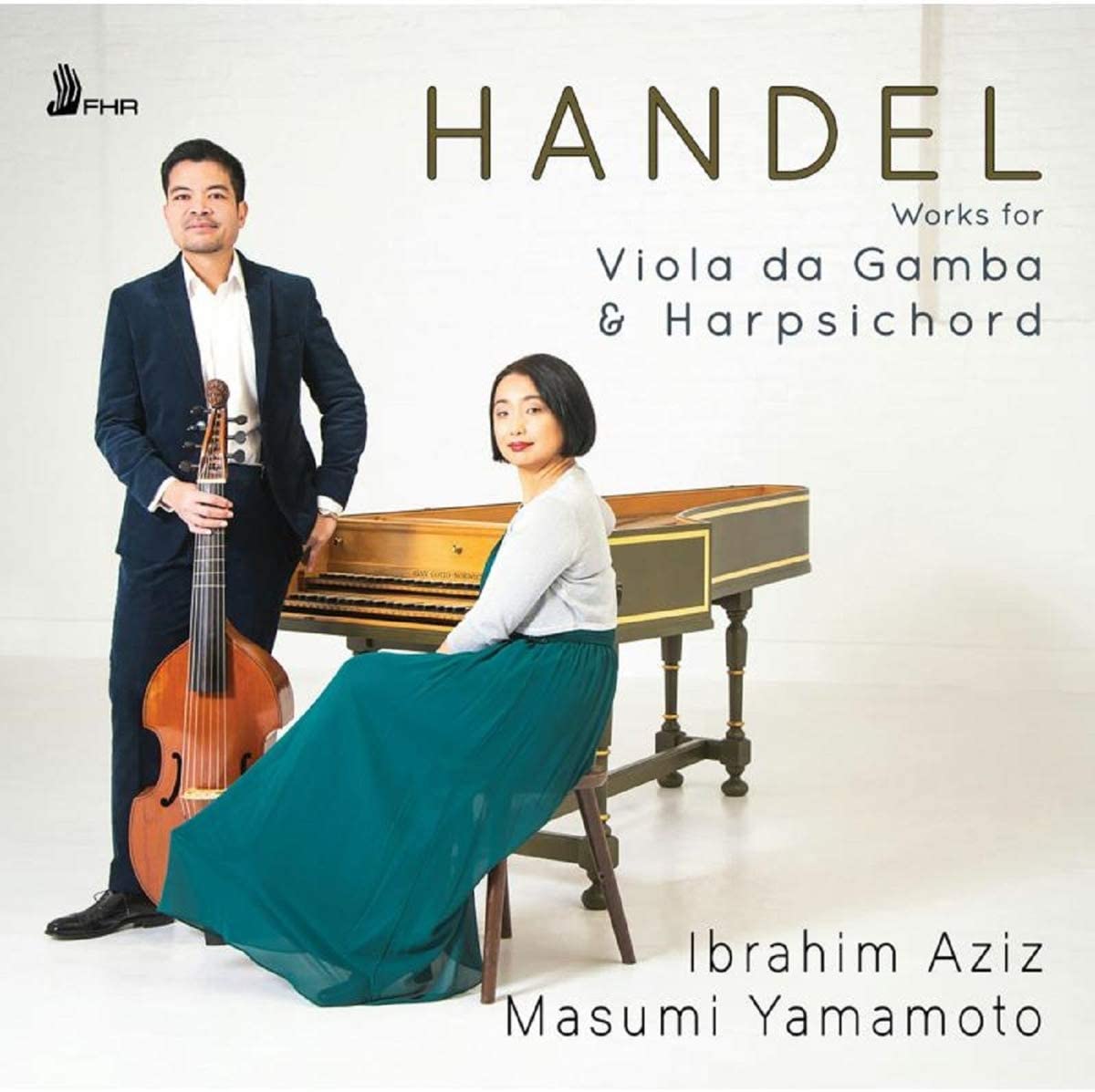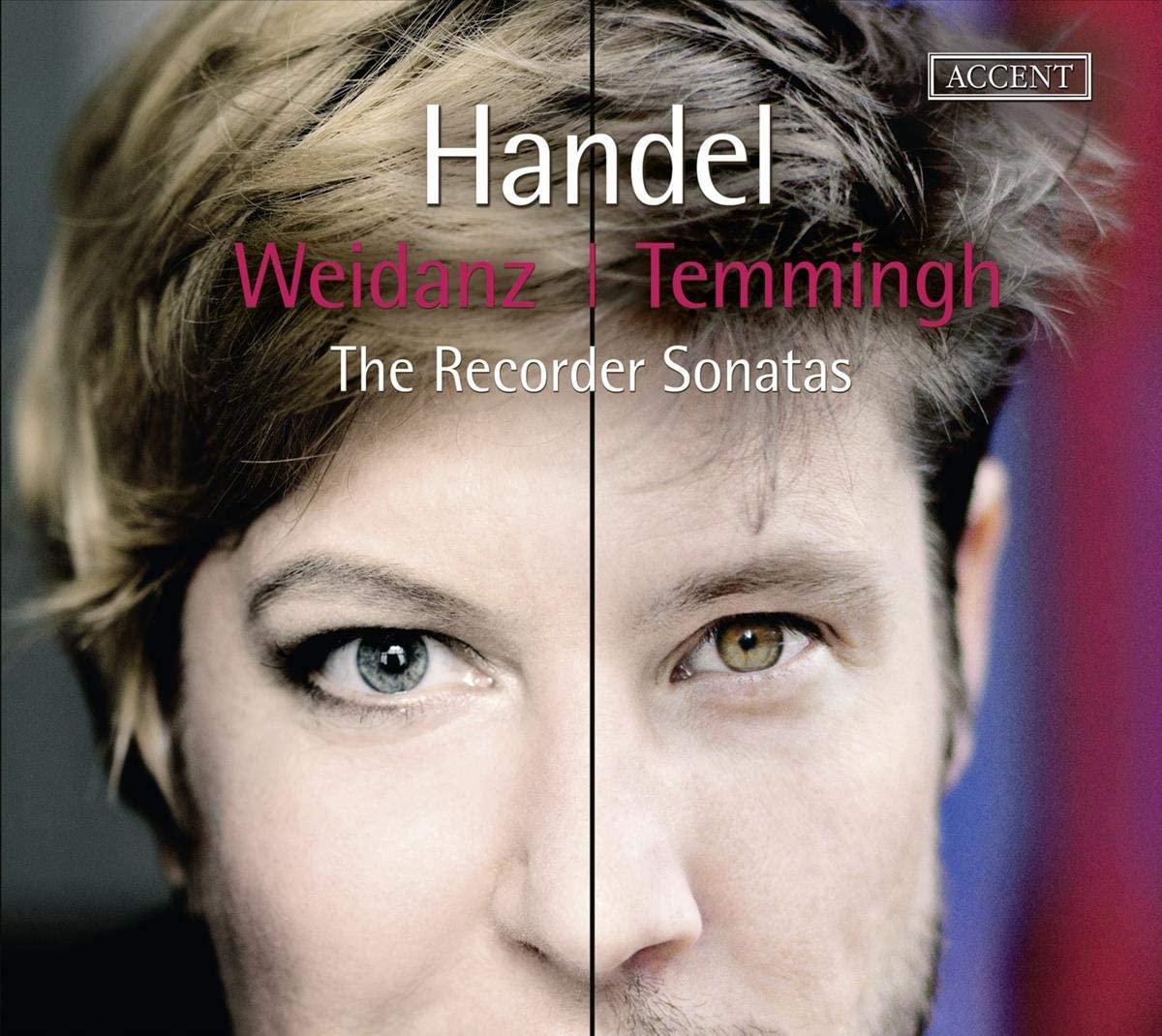Virtuosic Baroque Flute Concertos
Barthold Kuijken, Indianapolis Baroque Orchestra
65:27
Naxos 8.573899
Click HERE to buy this on amazon.co.uk
‘Il Gran Mogul’, the title which Vivaldi gave to his flute concerto RV431a and similarly to his RV208 Violin Concerto ‘Il Grosso Mogul’, and which in turn is borrowed for this CD of virtuoso flute concertos, is something of a mystery. There are no perceptible hints of eastern musical flavours, and the Mogul may simply refer to the ostentatious nature of the solo parts in both concerti. As such, it is a suitable epithet for this collection of showy flute concerti by Michel Blavet, Giovanni Battista Pergolesi, Jean-Marie Leclair and Georg Philipp Telemann, all of whom contributed significantly to the new Baroque sensation, the solo concerto. It is fascinating to hear the distinctly ‘national’ flavours of these Italian, French and German concertos. As Barthold Kuijken makes clear in his excellent programme note, many of the composers didn’t seem to care particularly for the difficulties they created for their flautists – in some cases, the flute is just one of the options suggested for the solo instrument – and some passages are particularly challenging and even unidiomatic. Of all the composers represented here, only Blavet actually played the flute, and the finale of his A-minor concerto reaches considerable heights of virtuosity. Fortunately, Kuijken on his one-keyed Rottenburgh copy Baroque flute makes light work of even the most demanding writing, whether idiomatic or not. One of the musically gifted Kuijken family who dominated the early music scene in the 1980s, Barthold is both a stunning technician and a fine musician and is ably supported here by the Indianapolis Baroque Orchestra, who produce a wonderfully light, nimble sound, playing one to a part.
D. James Ross
D. James Ross


